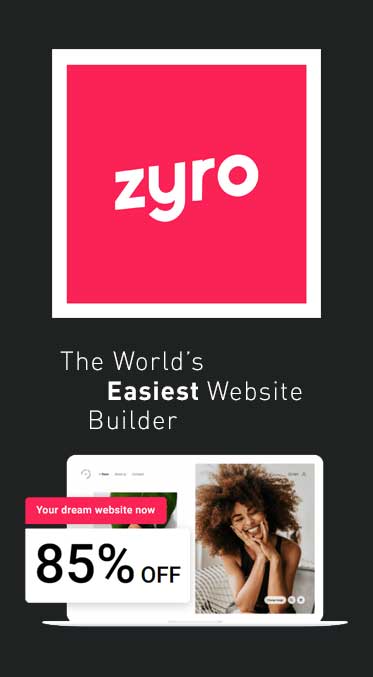Why Design Should Take Over the World: Part 2
Why Design Should Take Over the World: Part 2
What does this mean for design though?
The more thought we put into design, the less we have to do later on. Ideally when a design works well, we make our lives easier. With a well thought-out can opener we can enjoy soup faster; a well designed advertisement conveys more information faster than a poorly designed one as a well designed engine is more fuel efficient. This growing attention to detail resulted in more and more kinds of designers. There are now UI/UX designers, environmental designers, event and experience designers, graphic and web designers and of course product designers and emotional designers.
The more specialized designers get, the more intellectual and creatively challenging work will need to be fostered. More things will inevitably become obsolete – that’s the goal after all, innovate and make something better than before. At some point designs will be streamlined so much designers will be able to help solve larger and larger problems.
Currently the best examples of this is in architectur,e with buildings being designed incorporating living forests and ecosystems. Smart buildings designed around technology and life optimization. This radical logic can also be found in software designs that have taken the aforementioned iPhone and practically changed the world several times over. Innovating new solutions that also contribute to larger solutions for problems like climate change. For example by incorporating recycled tin in their handsets’ logic boards and 32% bio based glass into the screens. These decisions contribute to the overall functionality of the phone. It doesn’t just work better as a phone in your life, it also works better with the world around you long term. That’s just one example of a well thought-out design and build decision and it doesn’t even contribute to what the phone looks like.
How we can use design better.
The more design is allowed to infiltrate our day-to-day, the more we can become used to asking why a thing is the way it is, and if it can be improved.
Design Thinking at its core is almost instinctive, most good design feels a bit instinctive too. Design Thinking at its core starts with unlearning everything you know about a particular subject and approach it as if you have absolutely no frame of reference on how it should look or work or exist in the world. Then creating solutions and testing those solutions, making adjustments as necessary. Design is alive, and it can be applied to virtually anything we create, plan or build.
Design, as defined by one of my favourite designers Charles Eames:
“One could describe Design as a plan for arranging elements to accomplish a particular purpose.” … “ an expression of purpose. It may, if it is good enough, later be judged as art.”
These are fundamentally the two places we start when we approach a project. Forgetting everything you know accomplishes one of two things that are invaluable to a project. It either proves what’s established does in fact work, as you will draw the same or similar conclusions – or – you find an entirely new way of doing something that makes a whole lot more sense than the status quo.
I also like to keep Eames in mind too, for the simple reason that I think it’s important to design first for function and then express the beauty in the form. I’d always rather a simple can opener that works than one that looks better but is harder to use; or a clean, minimalist website to an overly complicated one that has a harder time converting users.
As stated, the inherent instinct is to keep design simple. To make life easier. For the future, as technology grows and innovation and design thinking become the norm in business and communications, it will inevitably spread to more sectors and give designers the opportunity to tackle and solve real world problems.
Given time, and a great deal of thought, design actually has the potential to help us figure out long-term solutions and achieve a well designed, sustainable future. In the same way if we take a step back and look at our own lives as a whole, design has the potential to help us achieve work / life balance, our long-term goals and even maintain our own health more proactively.
After all, a design is just the plan for arranging elements to accomplish a particular purpose or purposes.
Comments


